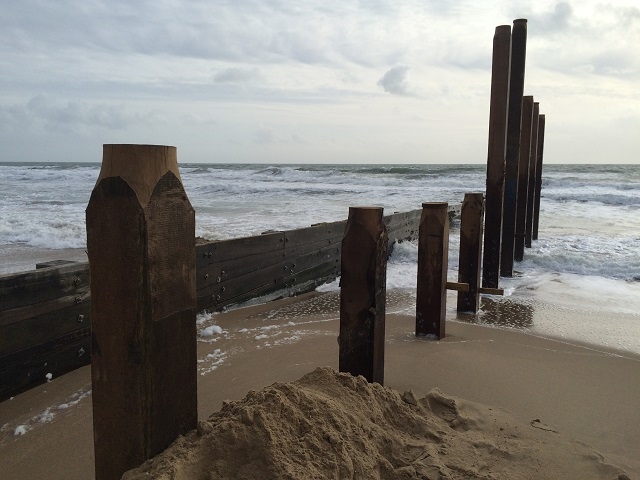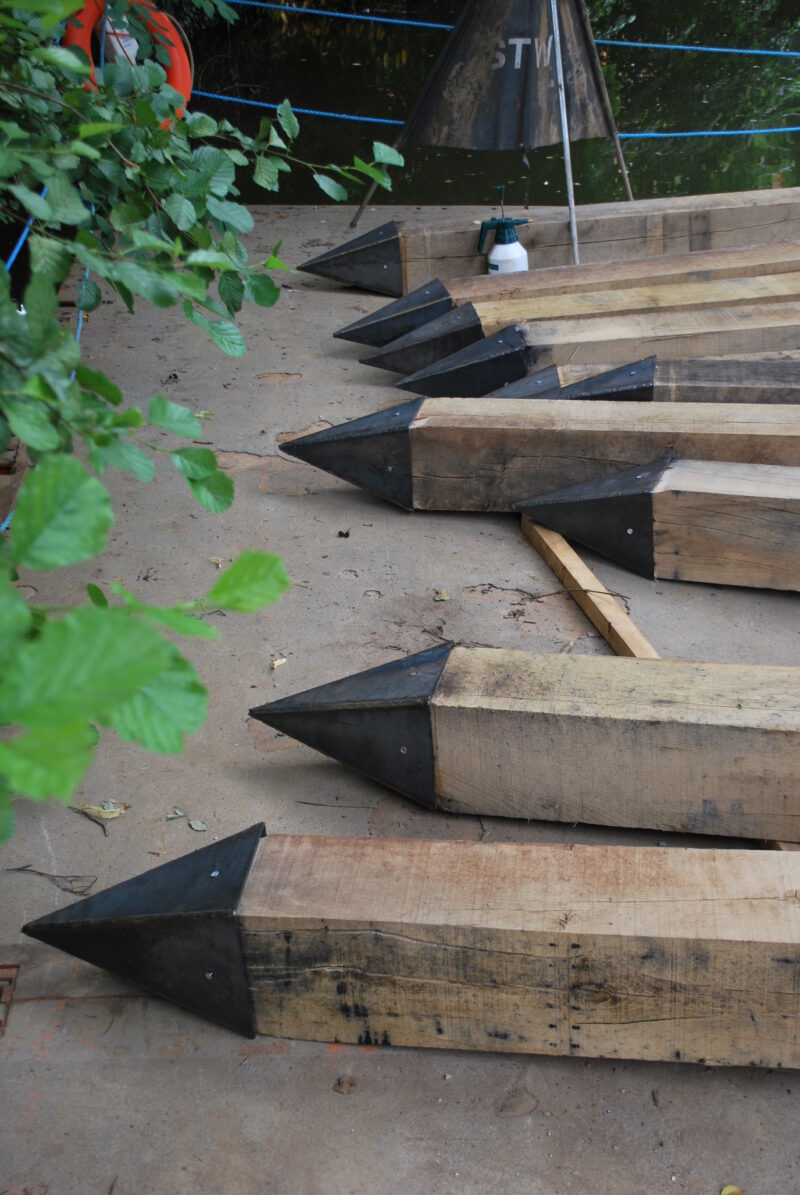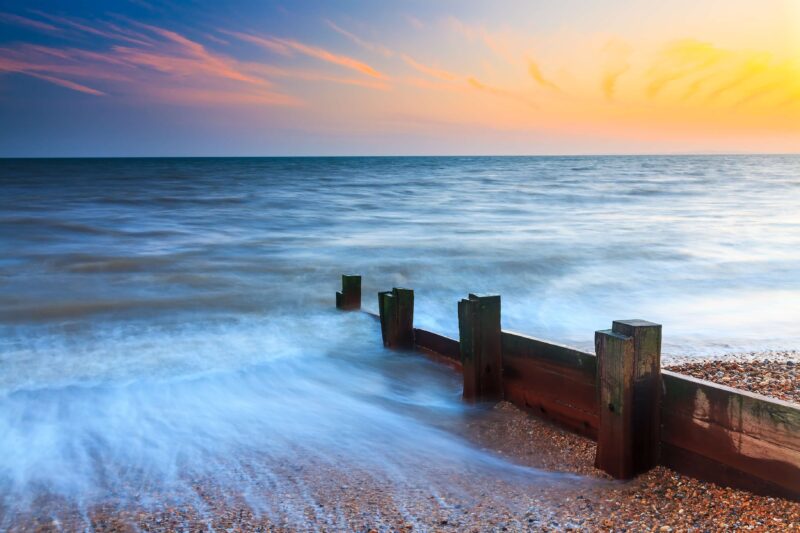Timber Groynes for Sustainable Sea Defence: Protecting Our Coastlines Naturally
Discover the role of timber groynes in sustainable sea defence. Learn how these eco-friendly structures help in coastal erosion control and support environmental conservation.
Introduction: Timber Groynes are nature’s answer to coastal protection. These sustainable, wooden structures are not just environmentally friendly; they are essential in maintaining the integrity of our shorelines. Dive into how timber groynes contribute to effective and sustainable sea defence.
So what are Timber Groynes?
Timber groynes are critical structures in sustainable sea defence, designed to combat coastal erosion. Constructed from very durable wood such as Ekki or Greenheart, these sea walls extend from the beach into the sea, acting as a barrier that controls sediment movement. They play a pivotal role in stabilizing beaches and preventing the loss of valuable land to the sea while withstanding constant abrasion by sand and shingles carried by the water.

Engineering Behind Timber Groynes: Piles, Planks, and King Piles
The construction of timber groynes involves sophisticated engineering techniques, primarily centered around the use of piles and planks. These elements are crucial in ensuring the stability and effectiveness of the structure in coastal defence.
- Piles: Piles are long, sturdy posts driven deep into the seabed, forming the backbone of the groyne. They are typically square 12’x12′ (300x300mm) that can withstand harsh marine conditions. Lengths vary from 4m to 11m! These piles provide the necessary support to hold the groyne in place against strong currents and waves. The piles are driven into the sand with excavators with a vibrating hammer head. To make this easier, we fit steel shoes and rings to the groynes as this minimises damage to the timber during this construction phase.

- Planks: Attached to the piles, planks form the visible part of the groyne that interacts with water and sediment. These horizontal elements create a barrier that interrupts water flow, facilitating sediment deposition on the updrift side, thus preventing beach erosion. The planks’ spacing can be adjusted based on the specific sediment dynamics of the location.
- King Pile: A critical component in some timber groyne designs is the ‘king pile.’ This is a central, extra-sturdy pile that offers additional support and stability to the structure. The king pile is often larger and more robust than the regular piles and acts as an anchor, ensuring the groyne withstands even the most extreme environmental stresses from the tides and winds.
The engineering of timber groynes is a testament to the balance between natural materials and structural design. By leveraging the strength and flexibility of wood, these structures not only protect coastlines but also blend harmoniously with the natural environment.
The Eco-Friendly Benefits of Timber Groynes
- Natural Material: Timber groynes are not only effective but also eco-friendly. Using renewable wood reduces environmental impact, making them a preferred choice in sustainable sea defence.
- Erosion Control Efficiency: They excel in creating sand accumulation zones, thereby preventing the washing away of beaches – a key in fighting coastal erosion.
- Biodiversity Enhancement: These groynes can create new habitats for marine life, contributing to the ecological balance of the coastal areas.
- Visual Harmony: Unlike concrete or stone structures, timber groynes blend seamlessly with the natural environment, enhancing the scenic beauty of coastlines and often featured in postcards.
Maintaining Timber Groynes for Long-Term Sustainability
Regular maintenance is key to ensuring the effectiveness of timber groynes. This includes periodic inspections for damage, repairs to any wear and tear, and, when necessary, replacement of parts of or entire groynes. Proper maintenance ensures these structures continue to serve their purpose for years to come.

Sea defence related insights
We take a look at how trees, woodlands and forests can help to limit the damage of flooding in the UK.
Storms and floods have, in recent years, become a serious concern when it comes to the UK’s changing climate. We decided to have a look at some of the great ways that trees can help prevent flooding.
The Avonmouth Severnside Enterprise Area (ASEA) Ecology Mitigation and Flood Defence construction project aims to reduce the flood risk and protect vast communities along the 17 kilometres stretch of coastline near Bristol.
One of the best ways to protect land and property from the rising waters is timber flood defences. Effective and environmentally friendly, timber can be used to help hold back swollen rivers and raging torrents, protecting homes, businesses, and infrastructure in the process.
As experts in the field, EcoChoice have the knowledge and experience necessary to deliver outstanding solutions and create unique and innovative designs. This makes us the perfect partner for your next project.
Severe flooding is becoming more common in towns, cities and rural areas across the UK. These floods can do a lot...
